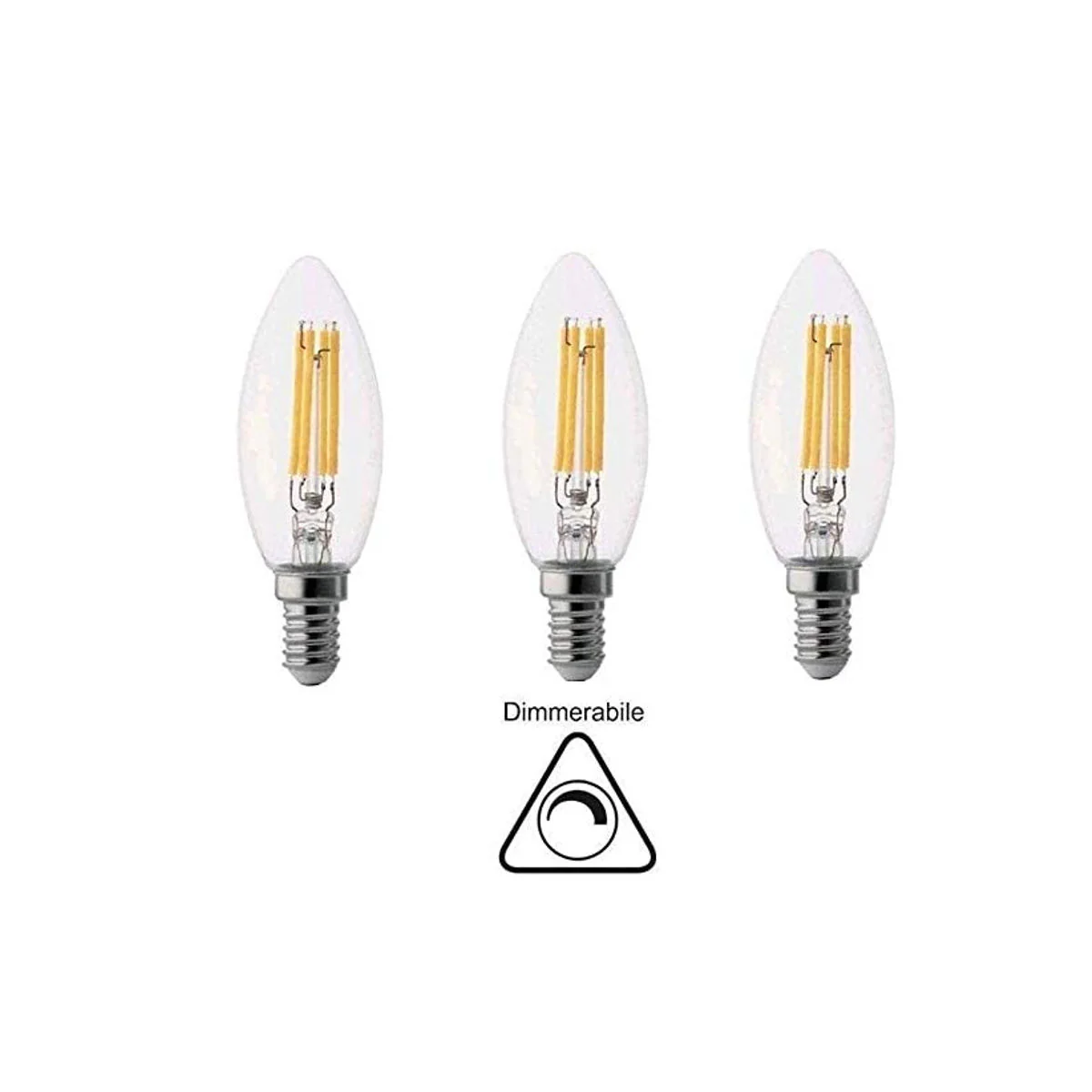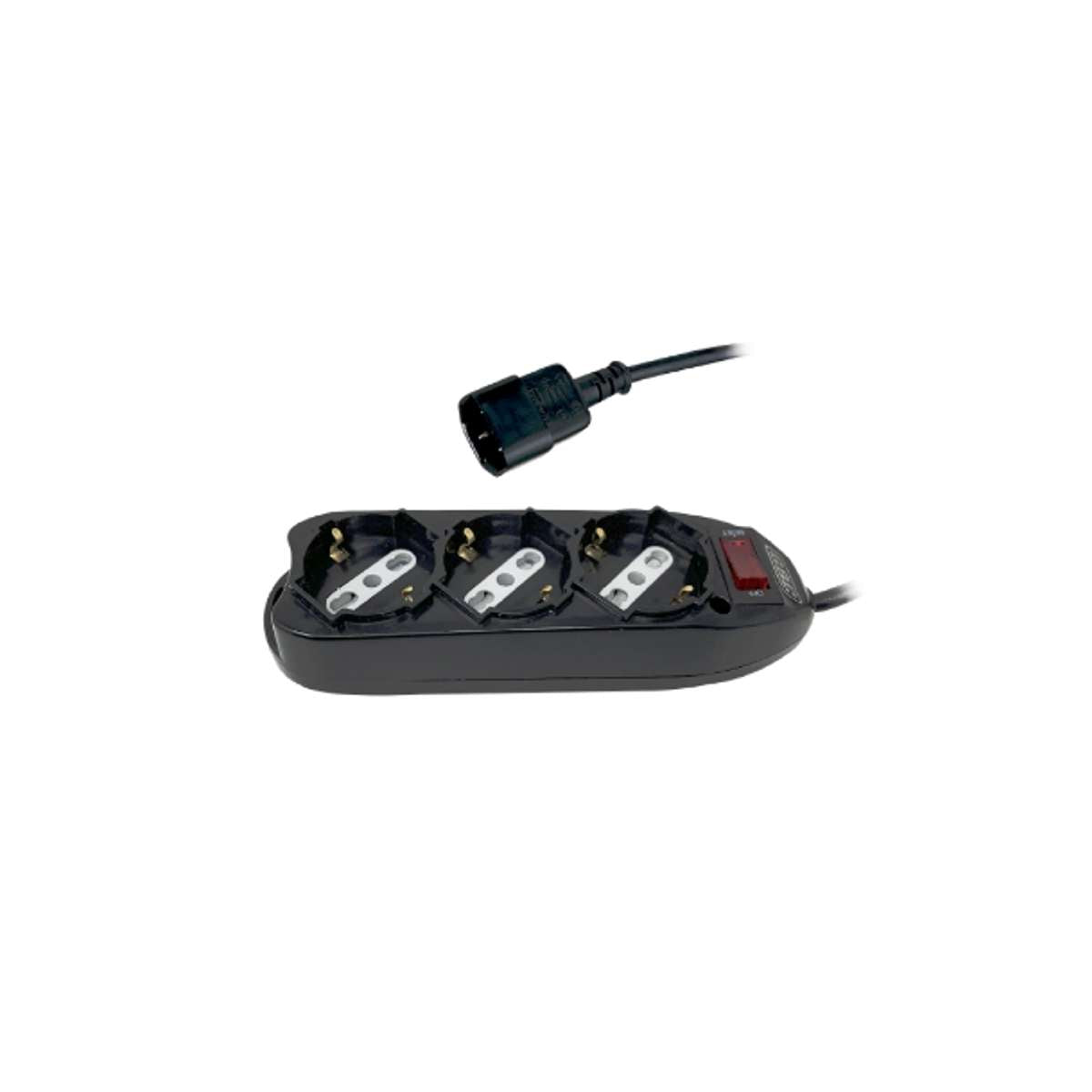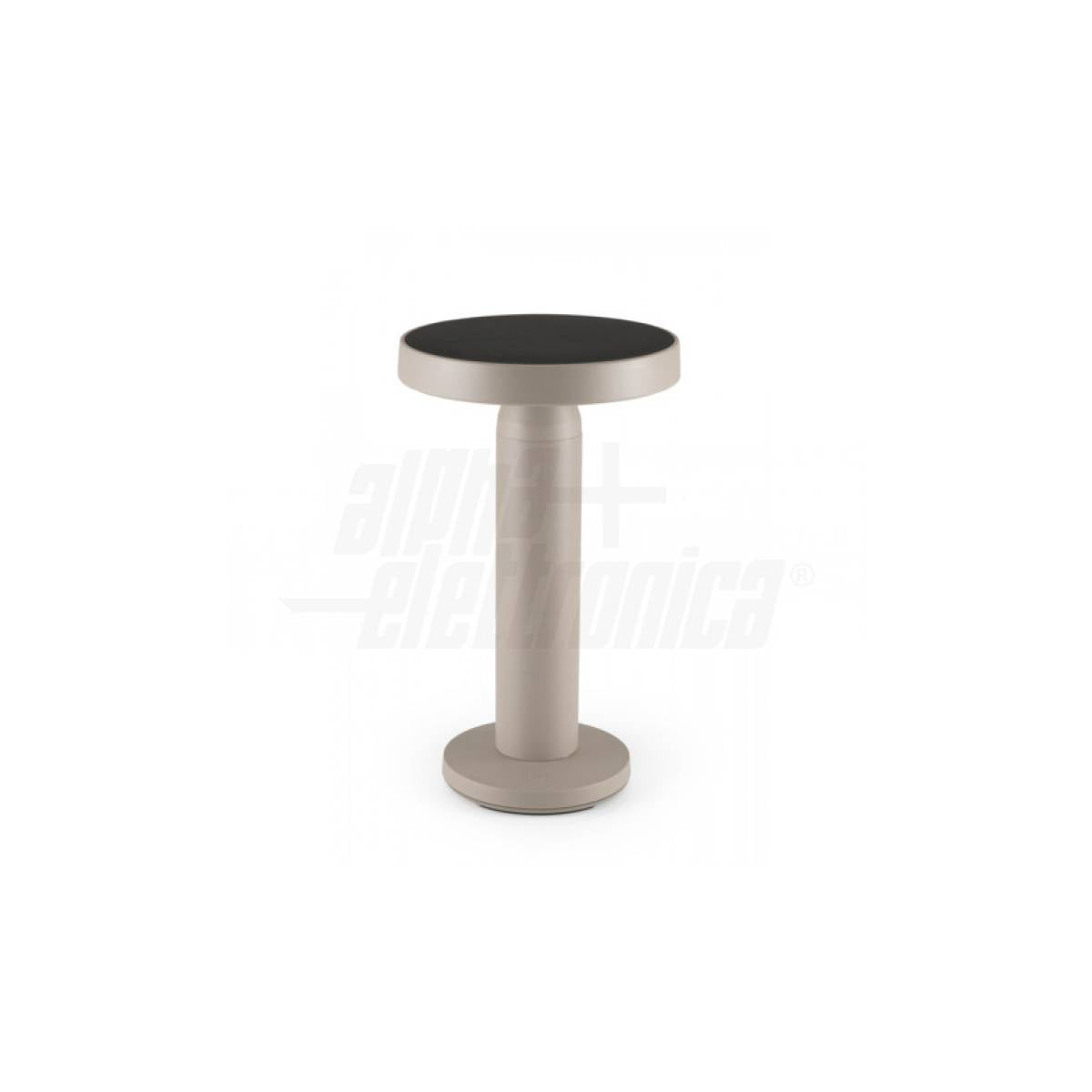From the cell phone to the remote control, from the tablet to the gamepad of various video games: if the battery had never been invented, our life today would be decidedly different.
It was our Alessandro Volta , way back in 1880, who made one of those inventions that changed the lives of human beings.
Despite its importance, however, few people know the history of the battery and how it works. That's why today we try to discover everything together.
The birth of the electric battery
As mentioned, its invention is due to Alessandro Volta who, based on the studies carried out by various scientists before him, succeeded in the enterprise of creating the first artificial generator of electricity, the battery.
Starting in the late 1760s, Volta began to write memoirs and letters about his research activities, questioning some of the most widely accepted interpretations of electrical phenomena at the time. In 1775, he perfected his first notable invention: the perpetual electrophorus . This was an instrument consisting of a disk with a perpendicular handle to grip it, used together with an insulating surface and a woolen cloth to obtain an electric charge to be used in particular experiments.
Starting from the studies of several contemporaries, Volta also invented the condenser, the electricity capacitor which represents the first prototype of the electric battery.
In parallel with his studies on the battery, during the last decades of the eighteenth century, the European scientific scene was in fervent activity. Scientists from every corner of the continent were trying to unravel the mysteries of electricity, a force that until then had been little understood but considered of fundamental importance. The growing curiosity about electrical phenomena was not only academic: it was thought that a greater understanding of electricity could lead to revolutionary technological developments. In this context of intellectual curiosity and intense scientific competition, Volta's discoveries took on an even greater significance, offering not only a new way to generate energy but also revealing new possibilities for harnessing what was becoming one of the most studied natural forces of the time.
All the discoveries of the Lombard scientist allowed to exploit electrical phenomena and to measure electricity in a more scientific and accurate way, with the proposal to introduce standard measures.

The real turning point came between 1799 and 1800 , when Volta created and perfected the invention that would make him famous throughout the world: the battery.
As mentioned, it was not a sudden discovery, but rather the result of many years of previous studies and observations, based in particular on animal electricity and the related theories of another Italian, Luigi Galvani who, simplifying, maintained that animals were crossed by an "electric fluid" and that this electricity was produced by the brain and then carried by the nerves to the muscles where it was stored.
Alessandro Volta took inspiration from Galvani's hypothesis but, at the same time, contested it, arguing that the animal could not be the direct cause of the passage of current. This intuition was fundamental for the development of the battery. Volta developed several experiments to produce a battery that was able to produce a constant electric current.
Volta, aware of the importance of his discovery, devoted long months to the technical perfection of his invention. Beyond the scientific challenge, he also had to deal with the practical problem of making the battery a functional and usable device. This led him to develop the first versions of what we now call a "prototype," with the help of materials available at the time. It is said that Volta spent entire days in the laboratories, trying different combinations of metals and electrolytic solutions until he found the formula that guaranteed a stable production of electricity. His tireless dedication contributed significantly to the birth of electrical science as we know it today.
The final version consisted of a column of zinc disks alternating with copper disks, with an intermediate layer of cardboard soaked in salt water (or acidified). In the system, each disk creates a potential difference between the metal and the solution; in the case of zinc and copper, the first one assumes the most negative potential. By connecting the two poles with an electrical conductor, a circuit was created in which direct current passed.
Alessandro Volta's pile was the first system capable of generating electricity with a constant current over time . The name derives from the fact that the metal disks that made it work were "stacked" one on top of the other.
It was Volta himself who communicated his invention to the Royal Society of London on March 20, 1880, with a letter that brought him great fame.
Until 1869 - the year of the invention of the dynamo - the battery was the only means of producing electric current (then used mainly for the telegraph).
The system on which the electric battery was based in the nineteenth century was quite simple and, as mentioned, consisted of a single column built from various voltaic elements. This type of battery could be charged and maintained electricity for a limited period of time.
Today's electric battery is very different from the one from the 1800s - both aesthetically and in terms of its operation - and works by converting chemical energy into electrical energy.
The batteries on the market today are called dry batteries because the liquid solution, i.e. the electrolyte, is replaced by pasty substances in which a cylindrical carbon rod is immersed, replacing the copper. The whole thing is inserted in a zinc container that also serves as the negative pole.
In addition to the dry cell, there are also other batteries on the market such as alkaline batteries which are made differently from the dry cell and which have higher performance in terms of duration and efficiency.



















































































2 comments
Sonia Voirol
Per chi volesse saperne di piu’, consiglio di vistare il Tempio Voltiano a Como che raccoglie una collezione di articoli originali e dell’epoca di Alessandro Volta.
fabio brogi
pila a corrente continua fine ottocento marca PILA Venezia contenitore e coperchio in vetro ,informazioni grazie